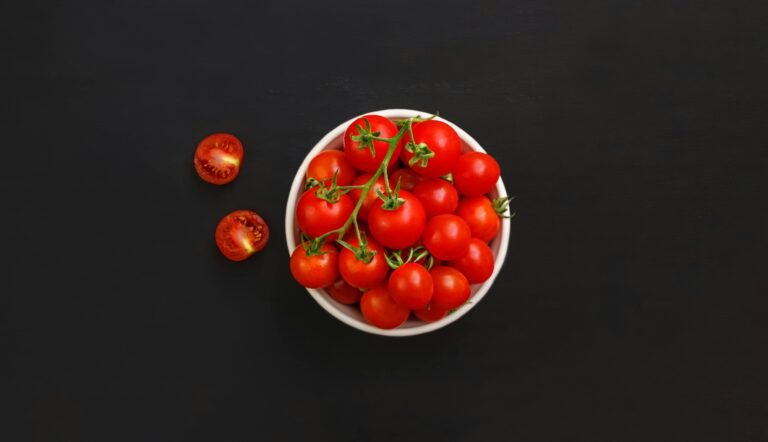Fodmap diet to deflate
So many of you are asking me the same thing: what to do about a swollen belly?
One of the most relevant discoveries in the last year has been that of Fodmaps, a series of foods that have particular sugar chains (polyols, disaccharides, oligosaccharides and fermentable monosaccharides) that make them difficult to digest. Consequently, these foods have the defect of remaining in the intestine for too long, causing intestinal fermentation, and consequent swelling.
The diet without Fodmaps or the Fodmap diet involves the elimination of all these foods.
Easy, you say, just avoid them and we’re good to go.
But the catch is right here: the Fodmaps in fact are many, so the Australian researchers themselves advise against avoiding them all. Consider for example that almost all fruit is fodmaps, because it contains fructose. In short, we risk doing damage, especially if we diet for too long. But what can we do then?
A good idea is this: start with a diet low in fodmap foods for 6 weeks, but try to make it as varied as possible, that is to eat most of the foods that do not have fodmaps.
After 2 weeks, the belly will be significantly more deflated, and we could adopt these easy measures.
Eat fruit between meals, but never after meals.
Integrate a food with a moderate content of fodmap (avocado, peas, the rest of the fruit and vegetables), for example for two NOT consecutive days a week.
Integrate a food with a high content of fodmap once a week: legumes, for example, once a week. Or dairy products. If the reaction is excessive swelling (do not eat too much anyway), the food must be eliminated.
We come now to what you ask me more, a scheme of the diet (CONTINUED ON PAGE 2)





























+ There are no comments
Add yours